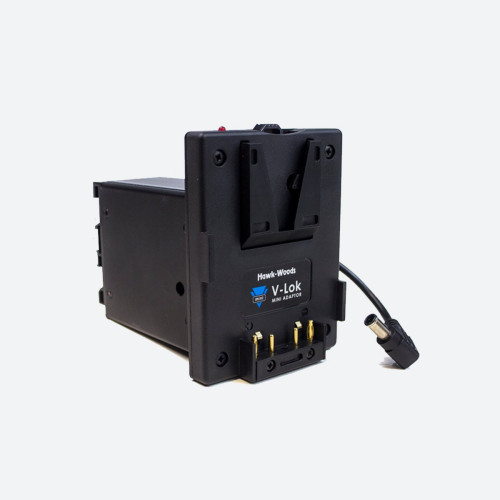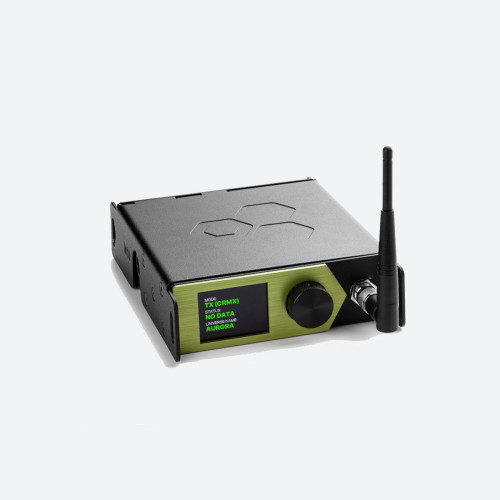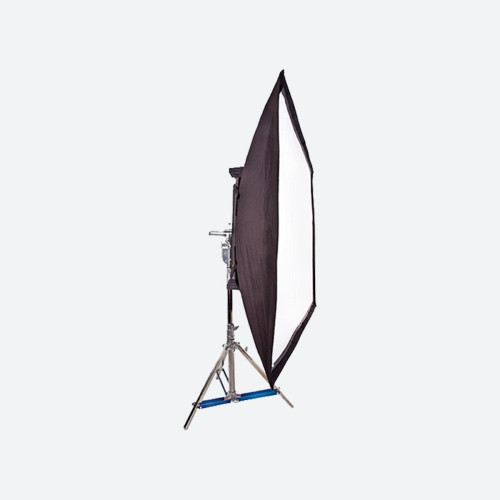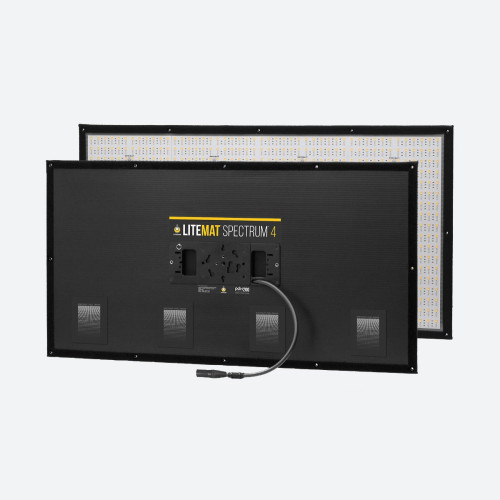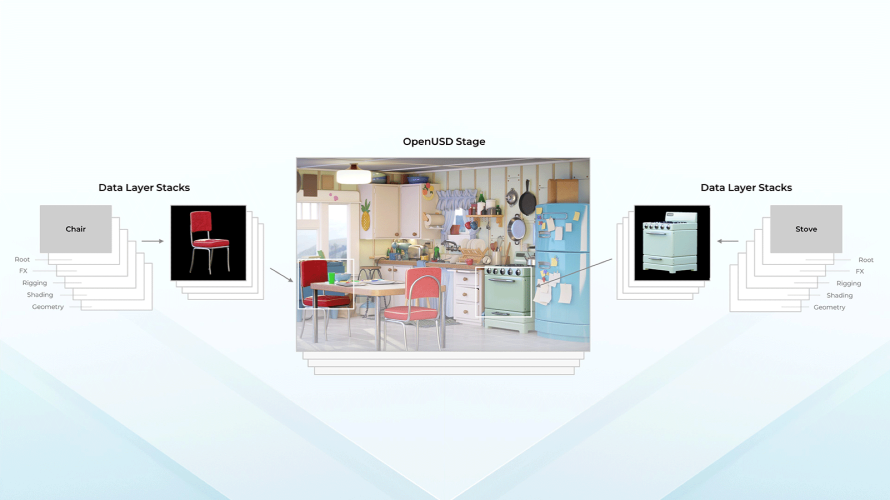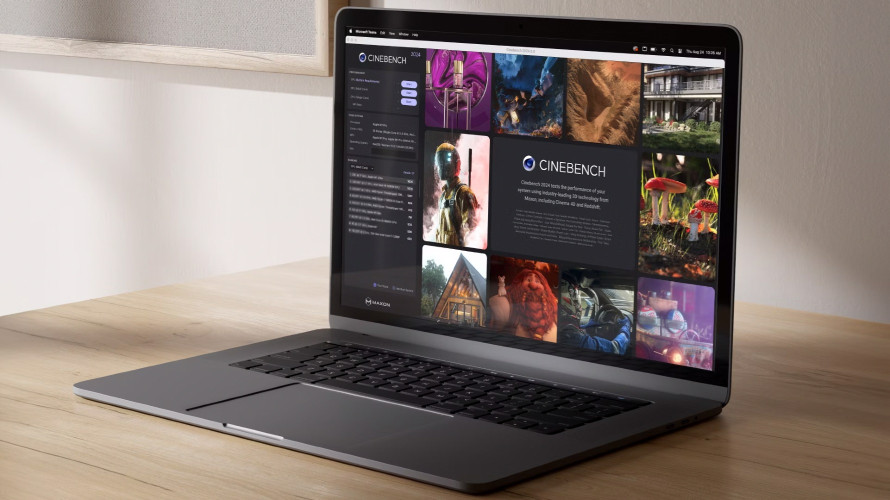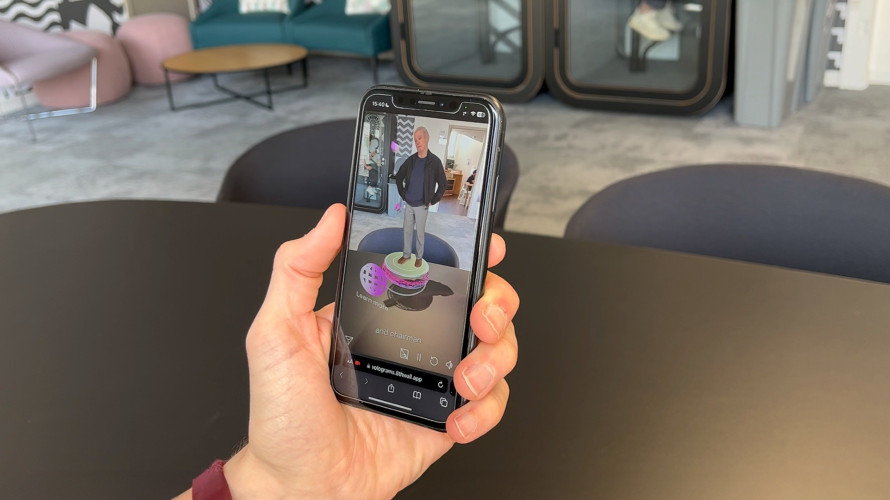It may just be coincidence but, in the last week, two stories about 3D in Scandinavia have landed on the 3D Diaries desk. Of course two swallows do not a summer make but maybe there is a trend here, with some nations embracing the third dimension more than others.
Sony Professional is currently building what they claim is Scandinavia’s first 3D-ready OB truck for the TV2-owned Norwegian production company, OB-Team. The truck is currently under construction in the UK and due in service this autumn. It will include 10 3D cameras to produce 3D TV for what is described as “a rapidly developing market”. The technical kit list includes Sony HDC-1500R and HDC-P1 cameras, MVS-7000X vision mixer and a mix of Sony BVM-E1750 OLED and LCD monitors, with LMD-4251TD 3D monitors.
Bjrnar Nordahl, Director of OB-Team sees that, “3D opens up new opportunities, with productions that can be broadcast live or shown as a recording in arts centres and cinemas across the country.” The Sony contract with OB-Team has a budget of NOK 29 million (about £3.3 million).
Over the border, Stockholm-based Videoforce, specialising in video for events, found that one perceived ‘future’ became a reality as they discovered there really is considerable demand for 3D production in Sweden. Managing Director Ulric Flood, observed, “What we mainly see is that 3D for events and screenings continues to grow stronger. As an example, on the 28 May at an event in Gothenburg, Videoforce, together with Viasat, set a Guinness World Record for the achieving the world’s largest 3D LED display. The screen measured 7.11 m (23 ft 3.92 in) diagonally and the display area is 6.192 m (20 ft 3.78 in) x 3.483 m (11 ft 5.13 in).”
In 12 month’s time we will be in the middle of the London Olympics – well, at least those with tickets! The rest of us will, no doubt, see the events on TV. As ever, the consumer industry is very much aware of the power of such moments to get customers to part with cash and use this the moment to invest in the latest viewing technology. Could this by why World Cup Football and the Olympics are neatly timed two years apart? – enough time, perhaps for new technology to arrive and for consumers to find the new money! Also there is the UEFA Euro 2012 Football Championship through June hosted by Poland and Ukraine – no doubt creating a load more of 3D action footage. No surprise then that LG found in a survey that over a quarter of UK residents are interested in buying 3D-ready TVs to watch the sport next year.
Continuing this month’s geographic theme you may have noticed that 3DTV made it into space – just. On the very last NASA Space Shuttle mission the crew had a Panasonic AG-3DA1 3D camcorder on board to shoot footage there and in the International Space Station. What a good idea! This would be very interesting to see as it must be the closest we are going to get to seeing what those environments, and being in space, are, or were, really like. 3D should give us a better feeling of the scale of what we have never been in, as well as something more of the experience of endlessly floating. I hope this footage is soon available.
Back on Earth it appears, in Europe at least, that the hesitation in 3D set sales of late last year has turned around into growth with Germany predicted to buy 1 million 3D-ready sets this year, a five-fold increase on 2010, according to a GfK Retail and Technology forecast. Meanwhile the two differing 3D display technologies lead in the USA by Sony / Samsung and LG / Vizio respectively with active-shutter and passive (like the 3D movies) glasses are continuing to battle in the market. 3D Diaries has already stated its preference for the passive approach partly because we believe it produces less flicker. Higher frame rates may solve that – lets hope.
Indeed the technology behind the viewing systems of 3DTV is continuously being researched and developed – not just for the glasses-less screen. We move to New York where a paper presented at the recent autumn SMPTE conference looked into a common 3D headache cause known as ‘vergence-accommodation conflict’. Professor Martin Banks from Berkeley CA and Gordon Love, a reader in physics at Durham University have been researching the problem which is caused by stereo 3D placing images on a flat screen while their convergence can place them in front or behind the screen. Normally our eyes would refocus for the difference distances, but this does not happen with the screen – that can upset our visual systems – hence the problem. Love and Banks have built a device to solve this with lenses in front of the viewer’s eyes. This is a long way from being available on the market but it shows that at least some of the 3D viewing problems may be solvable.
Back to England and the Wimbledon Tennis. The 3D coverage of the finals and men’s semi-finals received very positive comments. This was the BBC’s first 3D broadcast, it does not have a 3D channel and has not mentioned anything about it providing a 3D service for the Olympics, but BBC 3D Wimbledon will happen again next year. TV commentators at Wimbledon remarked very positively about the pictures and some felt that tennis, with its relatively short boundaries, worked very well in 3D. It will always be the case that some sports work better than others, and it’s excellent to be able to give a 3D tick to tennis.






